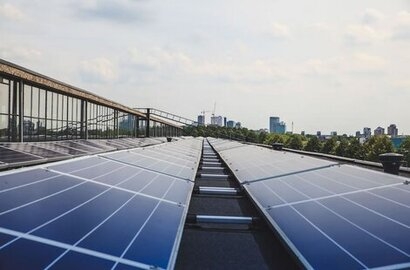
In the past, buildings simply consumed energy and grid operators adjusted supply to meet energy demand. Today, the proliferation of distributed energy resources (DER), such as onsite solar PV, battery storage, and grid-connected appliances (e.g., thermostats and water heaters), allow buildings to have two-way interactions with the grid. According to a new report from Guidehouse Insights, the number of grid-interactive buildings participating in DR, generating solar power, and equipped with battery energy storage combined worldwide is expected to increase from 67.9 million in 2022 to 202.5 million in 2031, at a compound annual growth rate (CAGR) of 12.9 percent.
“Digitalisation and technological advances have transformed the ways that buildings interact with the electric grid” said Wendy Davis, senior research analyst with Guidehouse Insights. “With these technologies, building owners have greater control and flexibility over their energy generation and consumption and are incentivised to provide benefits to the grid, like shedding or shifting loads during periods of supply constraint.”
Several market conditions are driving increased building-to-grid (B2G) integration, including grid modernisation and decarbonisation goals, the rise of the energy prosumer, technological advances that have made enabling hardware and software readily available, and supportive policies and regulations. Nonetheless, this market faces several challenges, including uneven technology maturity and adoption, relatively low consumer awareness and acceptance, incumbent energy business models and policies, and concerns about equipment interoperability and cybersecurity, according to the report.
The report, Building-to-Grid, analyses the global building stock interacting with the electrical grid through participation in demand response, solar power generation, and battery energy storage. Market drivers and barriers are discussed in relation to the motivations of diverse stakeholders, including building owners, utilities, regulators, and equipment vendors. Global market estimates of the number of grid-interactive buildings, segmented by building group (commercial, institutional, and residential) and global region (North America, Europe, Asia Pacific, and Rest of World), extend through 2031.
For additional information:

